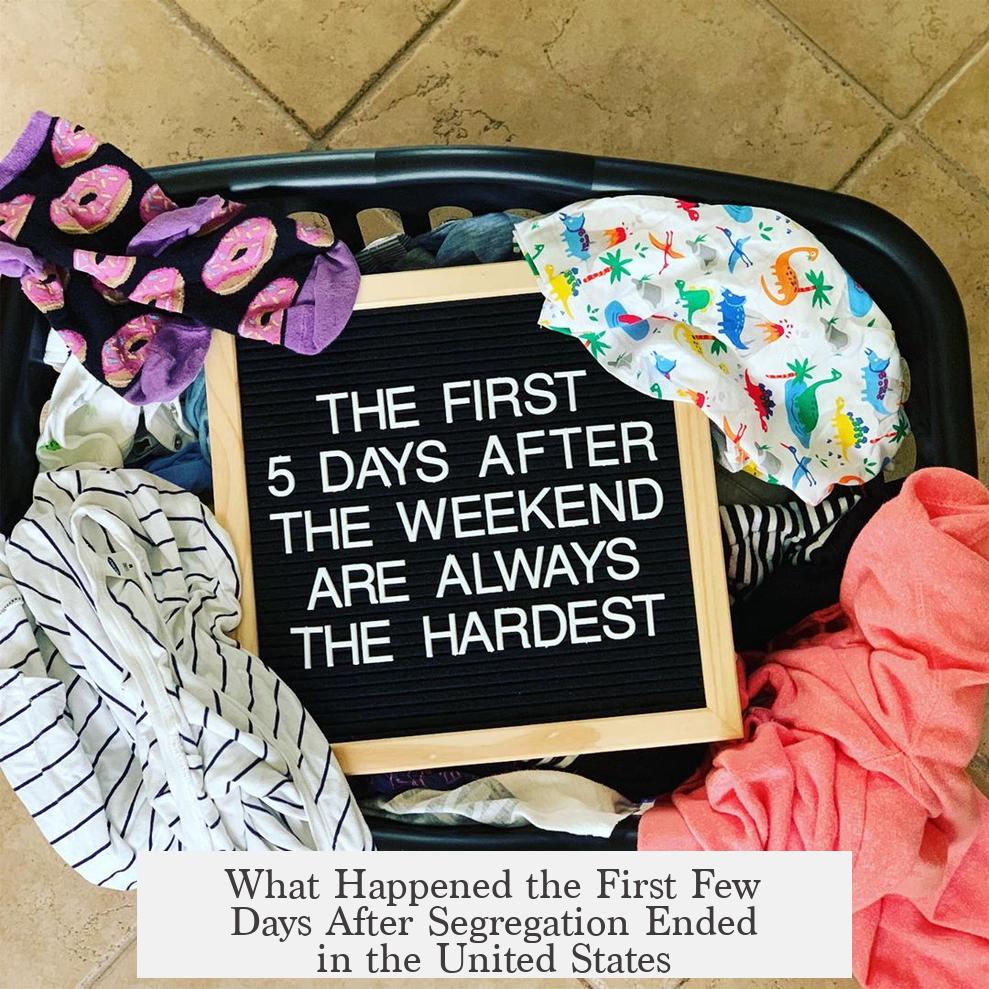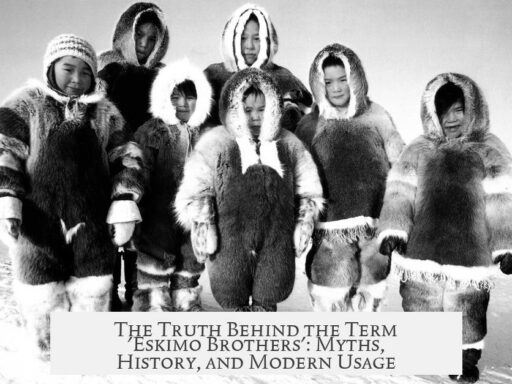In the first few days after legal segregation officially ended in the United States, there were immediate efforts to enforce desegregation, accompanied by acts of resistance, limited compliance, and episodes of violence. The actual process was uneven, contentious, and marked by both progress and setbacks.
The end of segregation is often linked to the Civil Rights Act of 1964. However, it is important to distinguish between segregation and broader civil rights. For example, while Brown v. Board of Education (1954) began desegregating schools, many Southern states delayed compliance until years later, with Texas desegregating largely by 1967-68. The Civil Rights Act itself did not fully end segregation—private clubs and organizations remained permitted to exclude African Americans.
The Civil Rights Act addressed discrimination based on race, color, religion, or national origin in public accommodations (like hotels and restaurants), public facilities (beaches, parks), education, and federally assisted programs. When the Act was signed, civil rights groups anticipated immediate challenges.
- Groups like the Congress of Racial Equality (CORE) prepared for legal tests starting as soon as July 4, 1964.
- The first known desegregation act occurred in Kansas City, when a 13-year-old African American boy named Eugene Young, previously denied service, was served a haircut at the Muehlebach Hotel barbershop just minutes after the Act became law.
- In Albany, Georgia, activists from SNCC reported being served at seven establishments for the first time.
- Several Atlanta hotels desegregated in the days following the law’s passage.
- In Dallas, the Piccadilly Cafeteria, which had faced protests for nearly a month, served its first African American customer, Reverend John Bethel, about two and a half hours after the Civil Rights Act was signed.
Other immediate consequences included mixed reactions ranging from compliance by some businesses to outright resistance by others. For instance:
- The Robert E. Lee Hotel in Jackson, Mississippi closed rather than integrate.
- City and county pools in Brunswick, Georgia, closed to avoid desegregation.
- In Tallahassee, Florida, multiple public pools were similarly closed following integration attempts.
- Conversely, eight African American boys successfully integrated a public pool in Fort Smith, Arkansas.
Resistance also sometimes turned violent:
- A black man in Baton Rouge was physically attacked by a white government worker following desegregation of the state capitol cafeteria.
- In Texarkana, Texas, gunfire broke out after African Americans tried to integrate a swimming beach; four people were wounded, and 23 African Americans were arrested.
- In St. Augustine, Florida, white youths assaulted African Americans fishing, including women and a child.
- Selma, Alabama, saw police use tear gas, nightsticks, and violence against a mass meeting of African Americans, with injuries to both protesters and reporters.
- Georgia restaurant owner Lester Maddox famously chased an African American away with a pistol, an incident widely covered by the press; Maddox later became Georgia’s governor.
Legal enforcement faced difficulties too. In Ocala, Florida, some restaurants refused to comply. Police were called to remove African Americans under trespassing laws, though it remains unclear if removal was voluntary or coerced. Likewise, some clubs remained private and legally segregated, evading the law’s reach.
Following these initial days, coordinated civil rights campaigns intensified, including plans for sustained desegregation efforts in Alabama and investigations into racial practices in Mississippi. While the Act marked a legal turning point, the cultural and societal shift required was slow and often met with hostility.
| Event | Location | Outcome |
|---|---|---|
| First haircut after Act | Kansas City | Black boy served in hotel barbershop |
| Demonstration success | Albany, Georgia | Service at 7 establishments for African Americans |
| Piccadilly Cafeteria integration | Dallas, Texas | Served first African American customer hours after signing |
| Pool closures to avoid integration | Brunswick, Georgia and Tallahassee, Florida | Pools closed despite desegregation laws |
| Violence at swimming beach | Texarkana, Texas | Gunfire, injuries, arrests |
The period immediately following the end of legal segregation reflected a nation grappling with change. Some institutions complied quickly. Others resisted through legal maneuvers, shutdowns, or violence. Enforcement of civil rights laws required continued activism and legal actions.
- The Civil Rights Act of 1964 prohibited discrimination in public places but did not eliminate segregation everywhere.
- Initial desegregation efforts included symbolic first services, such as haircuts and restaurant entries.
- Resistance included closures, violence, and use of laws such as trespassing against African Americans.
- Violence erupted in multiple states, highlighting social tensions.
- The struggle for full desegregation required ongoing campaigns and enforcement beyond the law’s passage.
What Happened the First Few Days After Segregation Ended in the United States?

So, what happened when segregation officially ended in the United States? The first few days after desegregation wasn’t a stroll in the park — it was a turbulent chapter filled with hope, courage, resistance, and yes, a fair share of chaos.
Here’s a detailed look into those pivotal moments right after the Civil Rights Act of 1964 cracked open the door to racial equality in public spaces.
Setting The Stage: Clarifying Segregation vs. Civil Rights
First off, it’s essential to clear up a common confusion. Segregation and civil rights, though intertwined, are not exactly the same. Segregation means the enforced separation of different racial groups. Civil rights are the protections and freedoms people have—like voting, education, and equal treatment under the law.
Before 1964, the landmark Brown v. Board of Education decision in 1954 declared school segregation unconstitutional. Yet, many Southern states dragged their feet on truly desegregating schools and public facilities. It wasn’t until the Civil Rights Act of 1964 passed that federal law aggressively tackled discrimination, particularly in public accommodations.
Still, the Act had limitations. Private clubs and organizations could legally remain segregated, which meant some discrimination stubbornly lingered.
The Civil Rights Act: Immediate Impact and What It Covered

Once the Act was signed, it tackled racial discrimination in places like restaurants, hotels, museums, beaches, parks, schools, and programs receiving federal funds. It outlawed its occurrence in these public areas, aiming to dismantle segregation piece by piece.
But testing the law wasn’t just a gentle “let’s see if this works” moment. The very night it was passed, some brave souls started pushing the new boundaries — whether by walking into “whites-only” restaurants or sitting at formerly segregated lunch counters.
First Tests of the Law: From Haircuts to Cafeterias
Can you imagine? The first test occurred the same night the bill became law in Washington, D.C. While exact details are murky, it was clear people wasted no time challenging old segregation norms.
One documented, memorable case was a 13-year-old African American boy named Eugene Young. Just a day after being turned away, he got a haircut at the Muehlebach Hotel barbershop in Kansas City — a place previously off-limits. That’s a moment charging history.
Meanwhile, in Albany, Georgia, civil rights activists scored victories by being served at seven establishments. Atlanta hotels began desegregating their lobbies and rooms too. One notably courageous spot was Dallas’ Piccadilly Cafeteria, which, after 28 days of protests, served its first African American customer just a couple of hours after the Act’s signing. Talk about a slow clap moment!
Resistance and ‘Creative’ Blockades: Hotels, Pools, and Private Clubs

Not everyone was thrilled. In Jackson, Mississippi, the Robert E. Lee Hotel merely shut down rather than integrate. Pools in Brunswick, Georgia, closed their gates when Black residents tried to swim. That’s not exactly winning hearts, but it was a tactic to maintain segregation.
Restaurants also played the resistance game in Florida. In Ocala, some places refused service and called the police to enforce trespassing laws. African Americans often left peacefully but the message was loud: “Don’t expect easy compliance.”
In Tallahassee, after integration efforts, all three city pools shut down entirely. However, eight African American boys successfully swam in a public pool in Fort Smith, Arkansas, a beacon of progress amid setbacks.
The Ugly Side: Violence and Intimidation
Sadly, the transition wasn’t peaceful. Violence erupted in various places. Four people were wounded in a gunfight after African Americans staged a swimming beach integration in Texarkana, Texas. Twenty-three African Americans were arrested during the turmoil.
In St. Augustine, Florida, a group of white youths violently attacked African Americans fishing by the water, including a woman and a child. The city’s Klan chapter also plotted to march, escalating tensions even as civil rights groups called for a temporary truce.
Selma, Alabama, witnessed chaos at a mass meeting broken by gunfire, tear gas, and nightstick beatings. Even white reporters covering the event were beaten by police. The situation was far from calm.
One of the most notorious moments came in Georgia, when restaurant owner Lester Maddox chased away a Black customer waving a pistol. This chaotic scene was captured by the Associated Press and later, in a baffling twist, Maddox was elected governor of Georgia!
Organized Response and Continued Campaigns

Civil rights groups like the Congress of Racial Equality (CORE) had predicted the law would be tested aggressively. They warned local chapters to prepare—public demonstrations and sit-ins were scheduled immediately after July 4, 1964, signaling the beginning of a broader, coordinated push for equality.
By July 8, national leaders kicked off a determined campaign in Alabama. The NAACP also initiated a three-day tour in Mississippi to scrutinize and challenge ongoing racial practices. The fight for equality was definitely a marathon, not a sprint.
What Can We Learn From Those Crucial Days?
The rush of integration efforts unleashed a mix of small wins and harsh resistance. African Americans tested new legal rights with everyday acts: getting haircuts, dining at lunch counters, staying in hotels. Each success was a tiny yet powerful victory.
Resistance came from businesses choosing to close rather than comply or using legal loopholes to sidestep the new rules. Local authorities sometimes played a dual role—enforcing state segregationist laws or reluctantly accepting the new federal mandate. Violence unfortunately reared its ugly head, showing how deep-seated racial tensions ran.
This early period highlighted the limits and power of legislation. The law set a noble goal, but society’s attitudes took longer to change. And change was often messy and painful.
Practical Tips for Understanding This Era

- Recognize the difference between passing a law and enforcing it. The Civil Rights Act didn’t magically erase racism overnight but gave a legal foundation for fighting discrimination.
- Look at local stories. Each state and city reacted differently—some grudgingly cooperated; others resisted vehemently.
- Understand courage in action. The courageous individuals who tested the law exposed its strengths and weaknesses, laying groundwork for the future.
- Remember that fighting segregation was ongoing. The first days after the law just opened the door. What came next were years of activism, legal battles, and social efforts to keep that door wide open.
Final Thoughts
Those first days after segregation ended were anything but quiet. They were filled with small but meaningful victories tempered by resistance, outrage, and violence. African Americans and civil rights leaders seized the opportunity to test new freedoms. Segregated institutions scrambled to comply, some closed their doors, others fought.
It was a messy, challenging, yet necessary upheaval—the beginning of a slow but relentless march toward equality. What happened then reminds us that change starts with brave individuals daring to step across old lines, even if the path forward is rough and uncertain.
Have you ever wondered how a haircut or a lunch at a previously ‘off-limits’ diner helped spark a larger movement? Those small acts mattered greatly in breaking down centuries of injustice bit by bit. And that’s the story of the early days post-segregation—a vivid reminder that history sometimes happens one bold step at a time.
What were some of the first acts of desegregation immediately after the Civil Rights Act of 1964 passed?
Shortly after the Act was signed, African Americans were served in places like Dallas’ Piccadilly Cafeteria and several Atlanta hotels. In Albany, Georgia, members of SNCC were served in seven establishments. These small acts tested the new law.
How did some businesses and public places respond to desegregation demands initially?
Some hotel owners closed their businesses rather than integrate, like the Robert E. Lee Hotel in Jackson. Public pools in places such as Brunswick and Tallahassee were shut down to avoid admitting black patrons.
Were there violent responses to desegregation efforts in the days following segregation’s end?
Yes. Gunfire injured four people in Texarkana after an integration attempt at a swimming beach. In St. Augustine, a group of white youths attacked African Americans fishing. Police violence also occurred in Selma during protests.
What role did civil rights organizations play immediately after desegregation laws were enacted?
Groups like CORE prepared communities to test the law from the night it was signed. They coordinated campaigns and monitored compliance, encouraging challenges against segregation in various public places across the South.
Did the end of segregation mean all racial discrimination stopped instantly?
No. The Civil Rights Act did not end segregation in private clubs. Resistance and attempts to enforce segregation through violence, closures, and legal tactics continued for weeks after the law’s passage.


